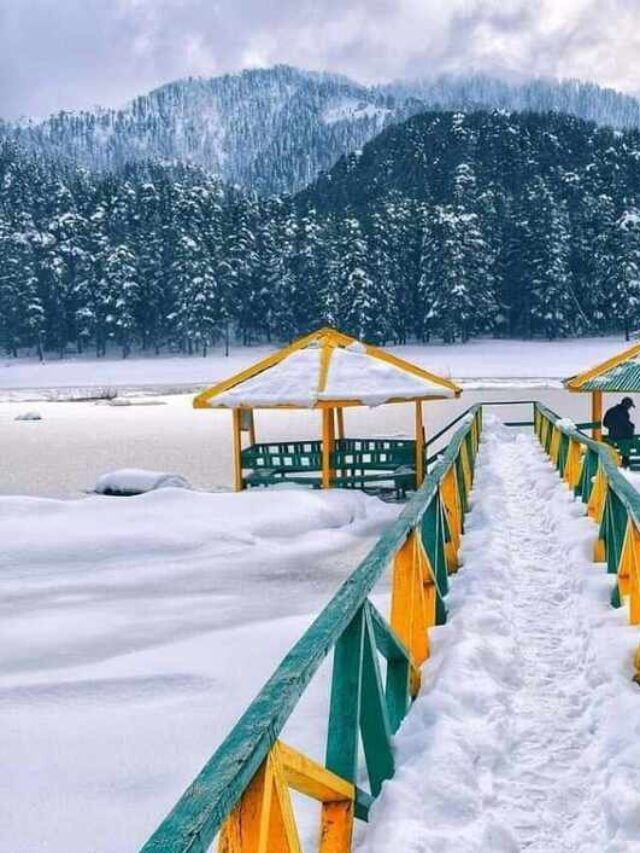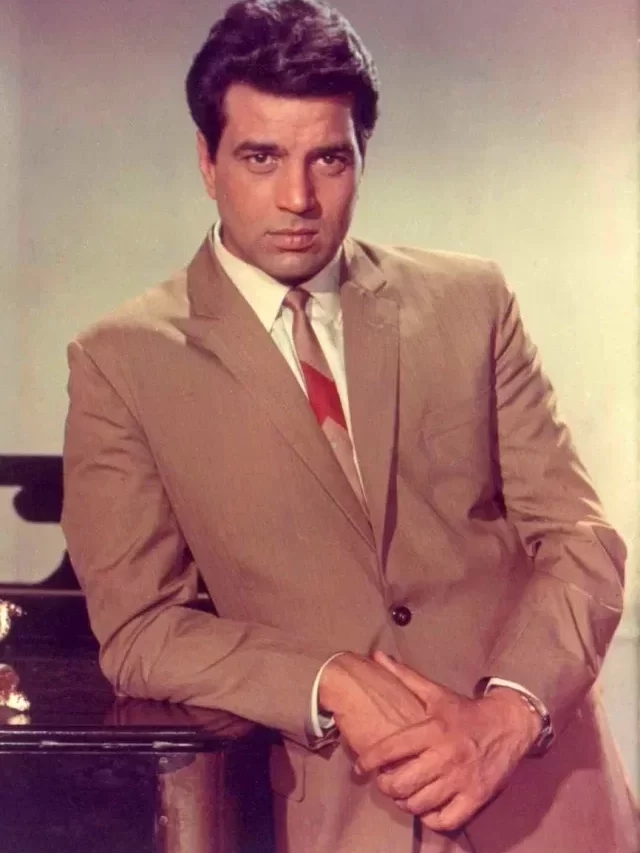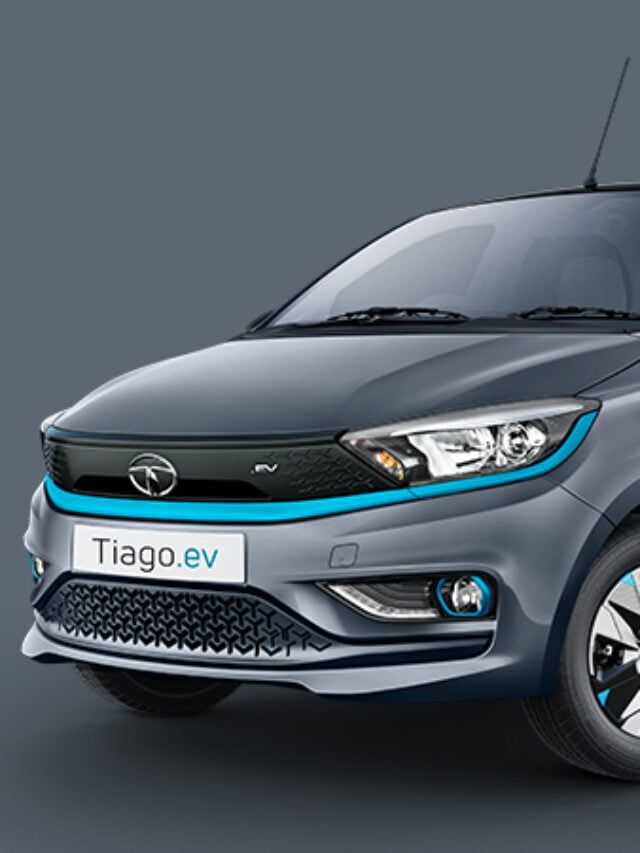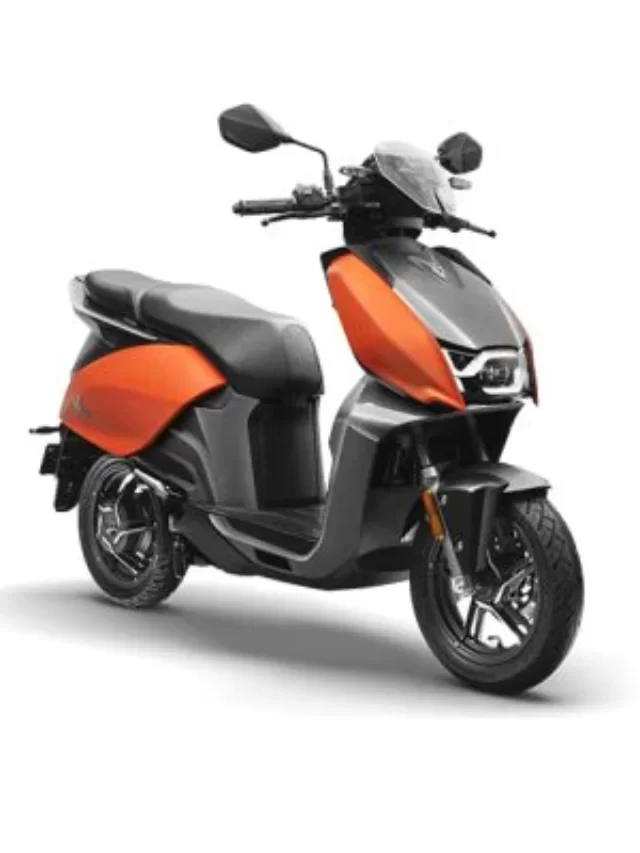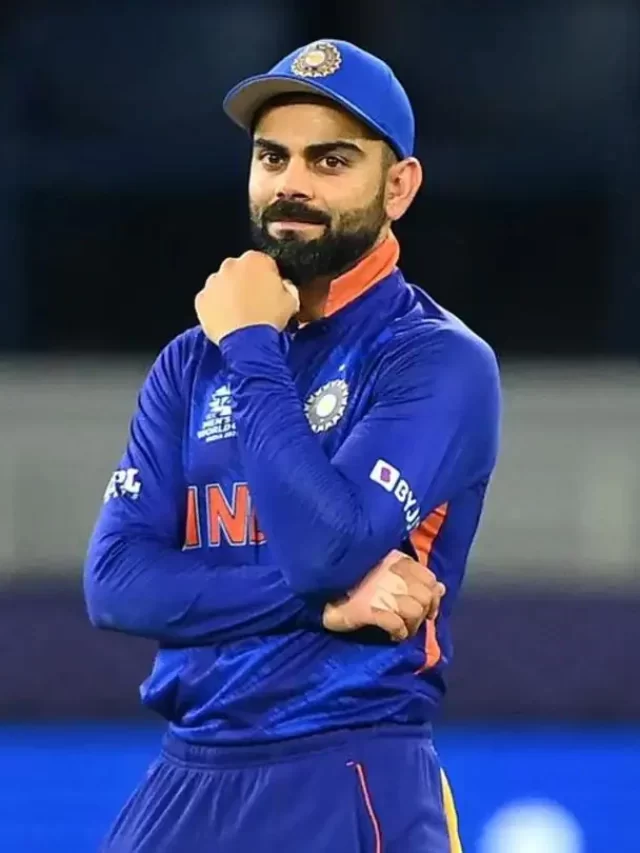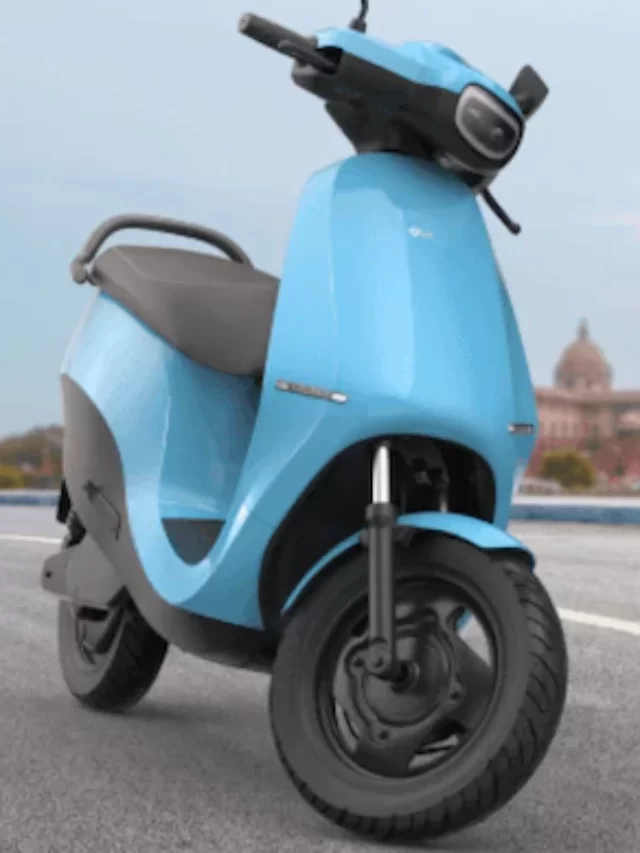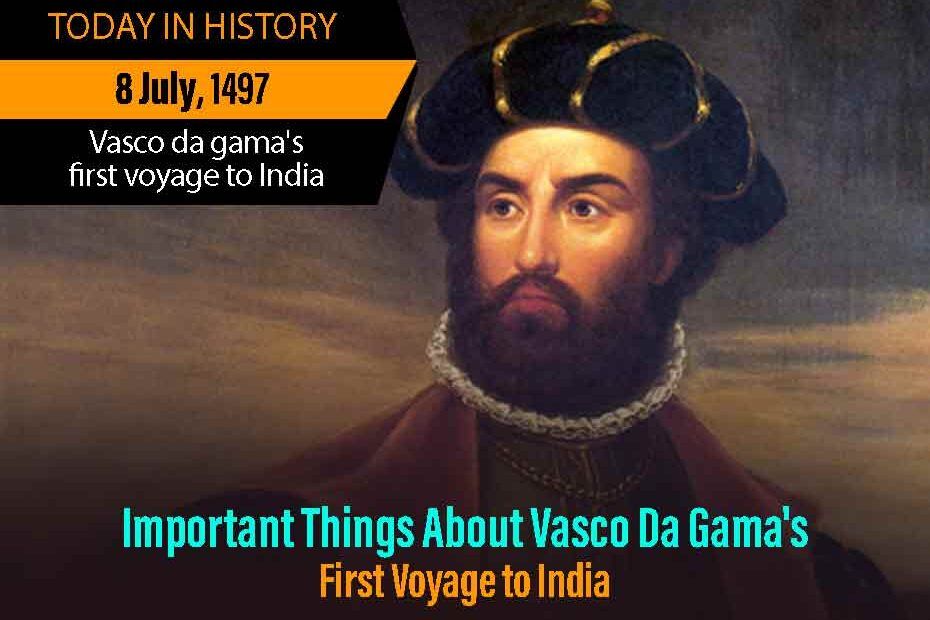Portuguese explorer, Vasco da Gama was the first European to go by sea to India. 525 years ago, on July 8, 1497, Vasco da Gama sailed his First Voyage to India. This is considered a remarkable point in history, that was to alter the course of the world altogether. He was indeed the first to connect Europe and Asia during his first trip to India via the Cape of Good Hope Sea Route. Vasco da Gama route to India opened up doors for the West to look towards the East. How did he manage to achieve such an extraordinary feat back then? That is where Vasco da Gama history becomes of much importance.
Let’s look into this with a closer inspection and delve deep into Vasco da Gama’s first voyage to India.
Who Is Vasco da Gama?
One of the most important figures in the European Age of Exploration was the Portuguese explorer, Vasco da Gama. He was the first person to go directly from Europe to India, prompted by the King of Portugal.
Vasco da Gama History
Vasco da Gama history is quite the interesting one, as it altered the course of trade between the East and the West. Southwest of Portugal, in the town of Sines, one of the few seaports on the Alentejo coast is where Vasco da Gama was born in 1469. Barely anything is known to us about his upbringing other than the fact that he was Estêvo da Gama’s third son. When he was old enough, young and ambitious Vasco da Gama enlisted in the navy and received navigation training. This is where the seeds of his voyage endeavors were initially planted.
He was given the responsibility of leading a Portuguese government-sponsored expedition in the year 1497 with the mission of locating a way, a sea route to the East. We’ll learn more about this expedition in the later, upcoming sections.

After he came back to Portugal from India, the king promptly afterward sent another expedition to Calicut to establish a trading post. Vasco da Gama set sail for India once more in 1502. On the course of his return journey along the east African coast, he built Portuguese commercial posts in what is now known as Mozambique, a country in East Africa after forcing the monarch of Calicut to make peace.
When he did return to Portugal, he received further benefits and compensation. Years later, he was appointed the Viceroy of Portugal in India in 1524. However, he became unwell after arriving in Cochin and passed away on December 24th. His remains were returned to Portugal in 1539, where he was buried at Jerónimos Monastery, Lisbon.
Also Read- Who is 14th Dalai Lama? History, Facts, Quotes, And The Purpose Of Life According To The Dalai Lama
All About Vasco da Gama’s First Voyage To India
1. When Did Vasco da Gama Come To India
As an ambitious Portuguese navigator, Vasco da Gama found a sea passage to India. His expedition made multiple stops in Africa until arriving at the trading town of Calicut, India, in May 1498, after sailing down the western coast of Africa and circumnavigating the Cape of Good Hope. This marked Vasco da Gama’s first voyage to India.
2. Where Did Vasco da Gama First Land In India?
Vasco da Gama arrived in Kozhikode (Calicut) on the Malabar Coast and became the first European to reach India via the Atlantic Ocean. This is why it is said, Vasco da Gama had found the route to India.
Also Read – 6 Strange Facts About Vasco Da Gama You Should Know
3. Vasco da Gama Route To India: Cape Of Good Hope Sea Route
Vasco da Gama is credited with finding the maritime route that connects western Europe with the East via the Cape of Good Hope, which is also in itself known as the Vasco da Gama Route To India or the Cape of Good Hope Sea Route.
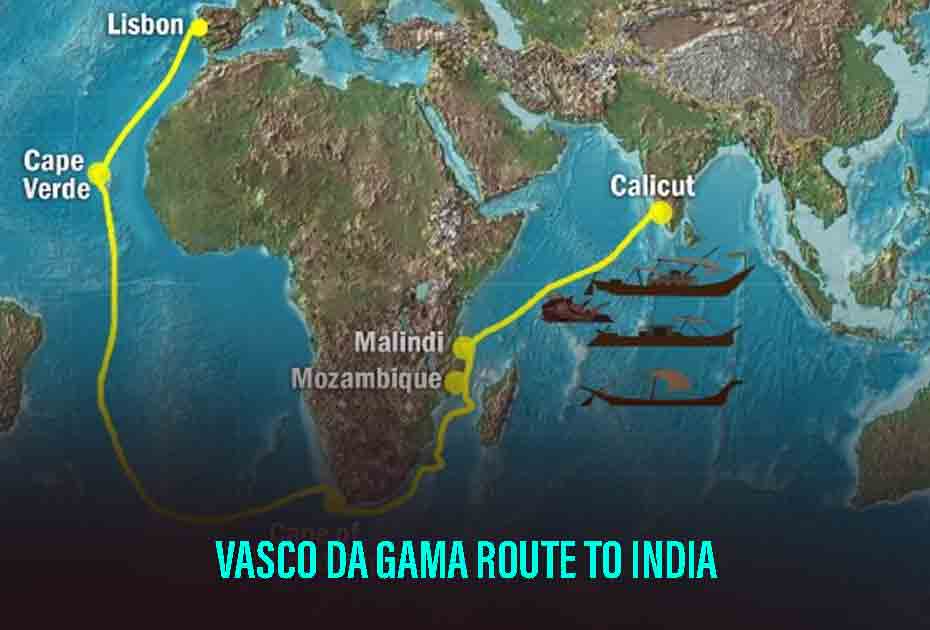
Also Read- How Elizabeth Became Queen Of England – The Story Of King George Vi’s Death
4. Why Did Vasco da Gama Come To India?
Finding a sea route to India, a country known for its spices, immense wealth, and other treasures and riches, was a goal for many western sailors and traders. Due to their physical location at the time, Arabs had a monopoly on trade with India and other Eastern countries. The Arab traders blocking the trade route prevented Europeans from engaging in direct trade with India.
Bartolomeu Dias’s discovery in 1487 that the Atlantic and Indian Oceans were connected marked the beginning of the search for that route. Vasco da Gama finally made the decision to make use of his extensive navigational experience, while simultaneously making useful application of this newfound knowledge.
A significant amount of priceless spices, including pepper, ginger, cloves, and cinnamon were brought aboard by the ships sailed under the guidance of his navigation. Cotton was also one such commodity that was brought back with them.
5. Vasco da Gama’s Return To Portugal
In September 1499, Vasco da Gama made his way back to Portugal. Da Gama received money and the new title of admiral from Manuel I, the king of Portugal, who also lauded his achievements. Additionally, da Gama received the dom title, a yearly income of 1,000 cruzados, and estates from the aforementioned king.
Also Read- Ford Motor Company History – Henry Ford Assembly Line Impact, Model T, And His First Car
Conclusion
Vasco da Gama’s legacy is truly undeniable. In the later years of his life, as Viceroy of Portugal in India, King John III appointed him. Later, when he was on his journey to India again, he fell ill after arriving in Cochin, nevertheless, and died on December 24th.
In 1539, his remains were ultimately brought back to Portugal, and he was laid to rest at Lisbon’s Jerónimos Monastery. His contributions to exploration history continue to be significant, and tributes to him and his achievements have been paid all around the world by millions.
For more articles, Please visit Discover
